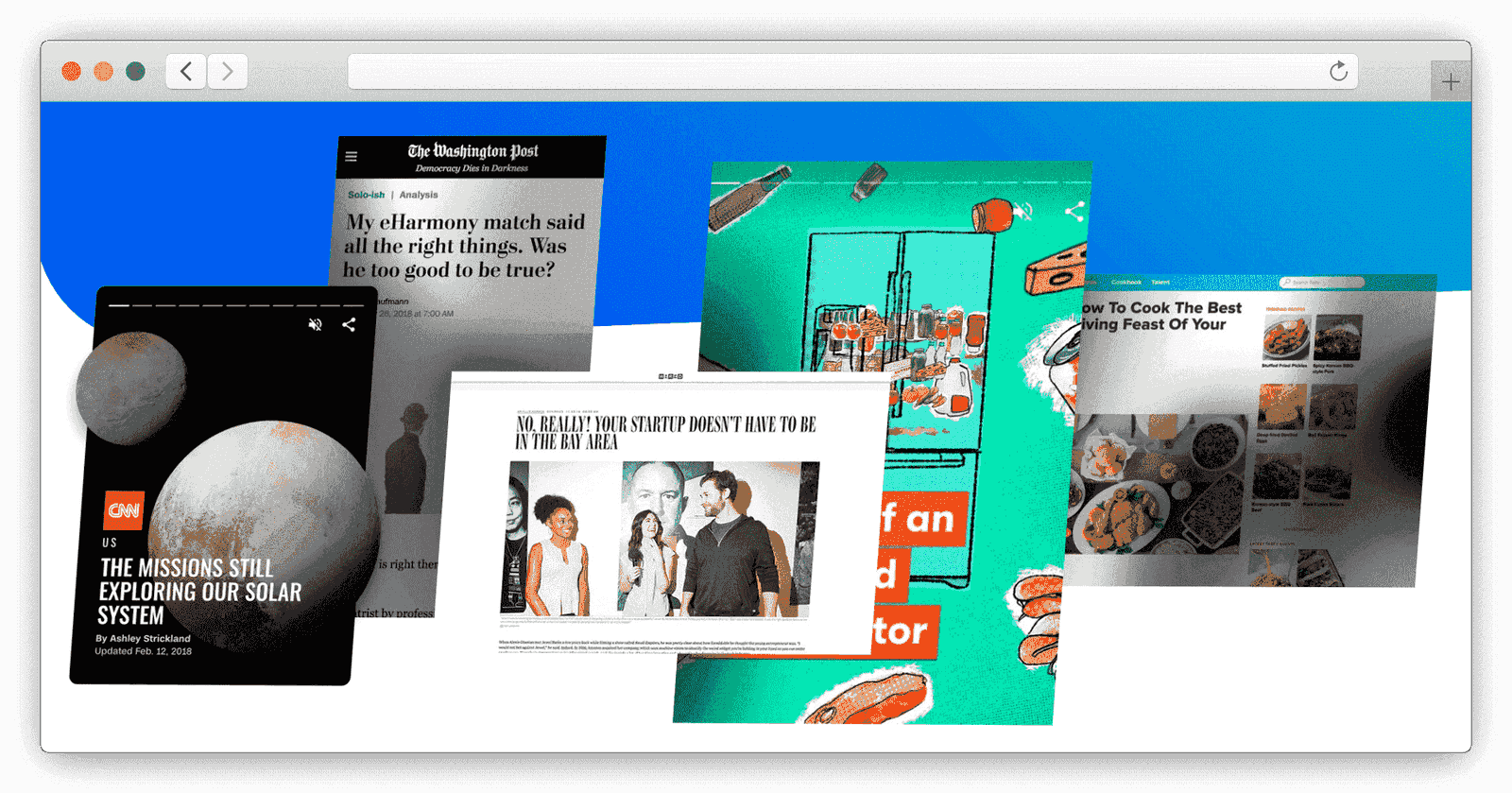Google AMP is dead! AMP pages no longer get preferential treatment in Google search

Google is rolling out a significant change as a part of their page experience ranking algorithm in June 2021.
From the release of the Core Web Vitals and the page experience algorithm, there is no longer any preferential treatment for Accelerated Mobile Pages (AMP) in Google’s search results, Top Stories carousel and the Google News. Google will even remove the AMP badge icon from the search results.
You can now safely ignore Google AMP when building a more diverse and more exciting web without any artificial restrictions set by the adtech giant.
Google AMP is no longer required to rank
Here’s what Google had to say:
The Top Stories carousel feature on Google Search will be updated to include all news content. This means that using the AMP format is no longer required and that any page, irrespective of its Core Web Vitals score or page experience status, will be eligible to appear in the Top Stories carousel.
We’re also bringing similar updates to the Google News app, a key destination for users around the world to get a comprehensive view of the important news of the day. As part of the page experience update, we’re expanding the usage of non-AMP content to power the core experience on news.google.com and in the Google News app.
Additionally, we will no longer show the AMP badge icon to indicate AMP content
This is an excellent step towards a more independent, open and healthier web. So many websites, particularly news publishers, felt like hostages and were forced to use AMP with the only motivation being the promise of more search traffic.
From this update, you can outrank AMP pages and get more search traffic by creating a faster website with a better user experience.
Your site can be faster than AMP without using AMP
Auto-playing ads and videos, paywalls, popups, intrusive advertising and so many more unnecessary elements. Some websites are horribly slow, user-hostile and bloated places full of distractions. It’s a good move to try and create a better web by incentivizing site owners to develop faster sites.
Google’s stated intention was to rank sites that load faster but they ended up ranking sites that use AMP instead. And the largest advertising company in the world dictating how websites can be built is not a way to a healthier and more open web. We don’t need a Google-shaped web that’s “delivered by Google”.
From the page experience algorithm change, Google is giving ranking incentive to sites that are fast instead. This is something that should have been done from the start without even getting into the whole AMP mess.
Google has been pushing sites to use AMP for years and continues to recommend it as “the majority of the AMP pages achieve great page experiences”. But for websites that are optimized for speed, their AMP pages are often slower than the regular pages.
Why did Google make this change now?
Google AMP was never popular. It was controversial from the day it was introduced and received a big push back and a lot of hate but Google stuck to its guns for years.
There’s been a lot of antitrust scrutiny on Google and it may have played a role in this change of heart. AMP put Google in control of the web and of what a website can be. Google put themselves in between the visitor and the site. It took control and independence away from sites that felt forced to use Google AMP.
Now all the sites have a choice. If you want higher rankings and more traffic from search engines, you need to optimize your site for a better, more performant and faster user experience. And you now have the choice of technology you want to use to get there.
AMP is no longer a Google requirement to create a fast-loading website. You can develop a lightweight site with a great page experience and top Core Web Vitals scores even without using the restricted and Google-controlled way of building a website.
If Google AMP is the best way for you to build a better and faster site, you can use it but in most cases simply building without AMP would give you the upper hand.
Next step for Google should be to take another look at Google FLoC.